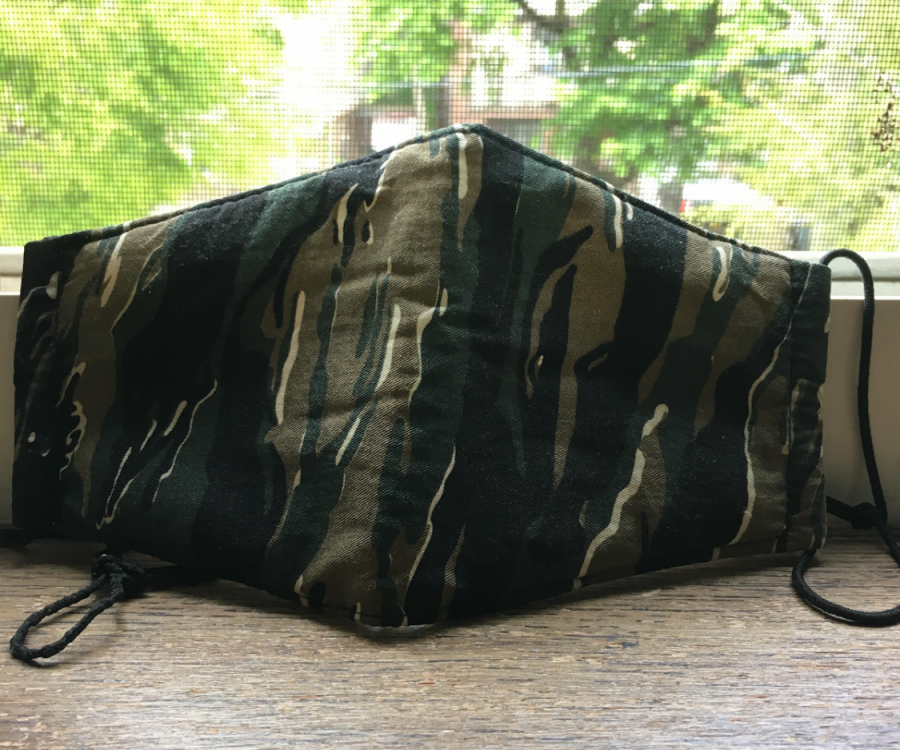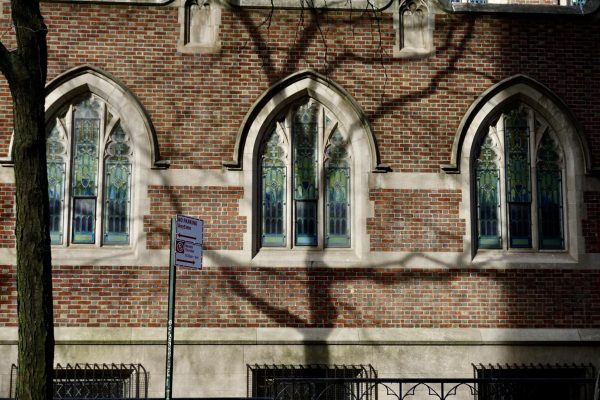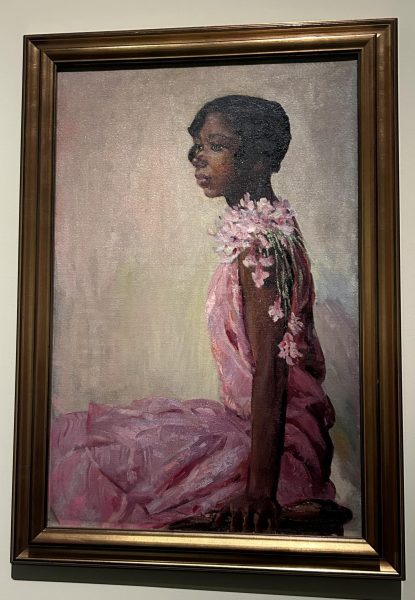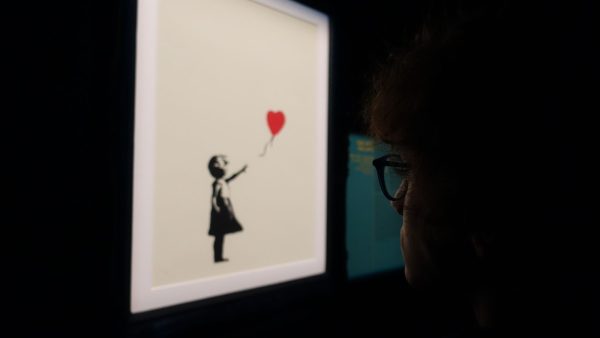Face Masks For Hospital Tasks During the Coronavirus Pandemic
A finished face mask sits on the windowsill before being donated.
Recent headlines regarding the Coronavirus pandemic have emphasized the use of face masks to protect yourself and others from spreading this virus. However, for many people, including doctors and nurses, it is becoming extremely difficult for them to acquire these masks given worldwide supply shortages of them. In order for emergency hospital workers to be safe doing their job, we should avoid bulk buying disposable face masks and instead make our own, which we can even donate to hospitals where they are needed!
Materials:
- 7″ x 14″ (6” x 11” for child size) outer layer fabric (tight-woven cotton)
- 7″ x 14″ (6” x 11” for child size) lining layer fabric (tight-woven cotton)
- 14″ pieces of thin elastic (cord or flat-woven, can use strings or scrunchies as replacement)
Tools:
- Scissors
- Tape measure (for the template)
- Marking pen
- Needle or sewing machine, thread
- Straight pins
- Iron

Steps:
- Using a face mask template, cut out the shapes from the cloth, leaving a 0.5-inch seam allowance to sew later. You should have 4 pieces. Mark an outline 0.5 in from the edges.
- Taking the outer layer fabric pieces, line up the two pieces so that the pattern of the fabrics is face to face. Use the pins to keep the fabric in place.
- Sew along the line that is closest to the arc.
- Repeat 1-3 for the inner layer fabric pieces.
- Open up the inner and outer layers, and line up the two pieces again so that the pattern of the pieces are face to face. Use pins to keep the fabric in place.
- Along the diagonal lines, sew the pieces together. Leave the straight vertical lines untouched.
- Flip the combined piece inside out. The patterns should be visible on both sides.
- Fold in the edges of the face mask along the vertical sides so that the frayed edges are hidden.
- Take a piece of elastic and pin one end inside the face mask, leaving a long strip outside. Sew it down along the vertical line. When you approach the end of the line, stick the other end of the elastic in and sew shut. Repeat on the other side.
“It is more important now than ever before to ration medical and sanitation supplies for those who really need them, such as front-line emergency workers and senior care centers. Hoarding and price gouging isn’t ethical at all,” said Howard Wang ’20. To donate your masks, google where in your vicinity they are needed. Call the local hospital if necessary or check the hospital’s websites and Facebook for more information. At the moment, MD Anderson Cancer Center at Cooper University in Camden, New Jersey needs more fabric masks for their non-critical care staff. The address is below:
MD Anderson Cancer Center at Cooper
Two Cooper Plaza
400 Haddon Avenue
Camden, NJ 08103
ATTN: Frances Lee
“It is more important now than ever before to ration medical and sanitation supplies for those who really need them, such as front-line emergency workers and senior care centers. Hoarding and price gouging isn’t ethical at all,” said Howard Wang ’20.
Olivia Chen is the Chief Graphic Designer/Layout Editor for ‘The Science Survey’ and Managing Editor for ‘The Observatory’. She works with her...











